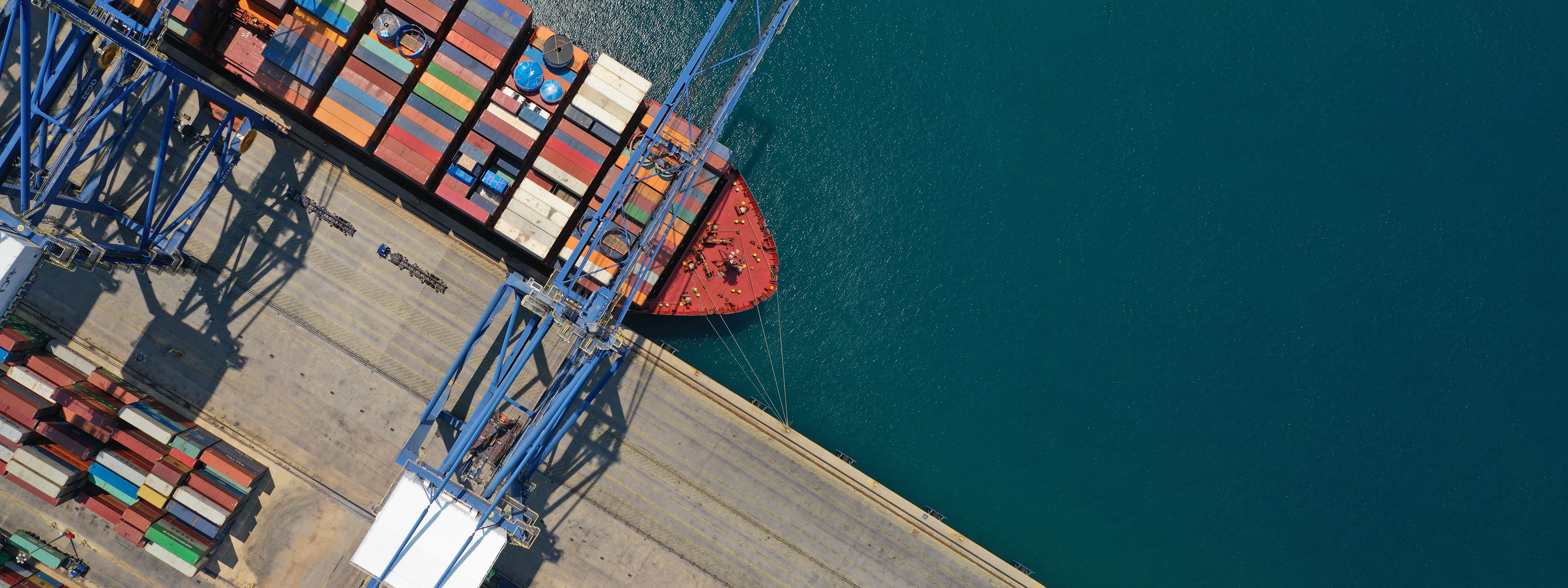
The guidebook presents a step-by-step approach to resilience building in the maritime supply chain. It sets out risk identification, assessment and management tools and techniques, and describes a resilience-building process for ports.
The guidebook emphasizes lessons learned and good practices and highlights relevant measures that can be implemented to prepare, respond and recover from disruptions.
Three types of mitigation and response measures are identified in the guidebook:
1. Before the disruption materializes (ongoing): Mainly strategies that aim to anticipate, plan, prepare, forecast, and integrate uncertainty through scenario planning, as well as invest in data and intelligence gathering for greater
preparedness. Relevant measures include scanning and monitoring mechanisms to trace and track evolving risks and stay up to date.
2. During a disruption (immediate). Such as protocols and emergency responses.
3. After a disruption (medium to long term). Includes actions that seek to mitigate impacts, enable recovery and ensure adaptation to an emerging “new normal